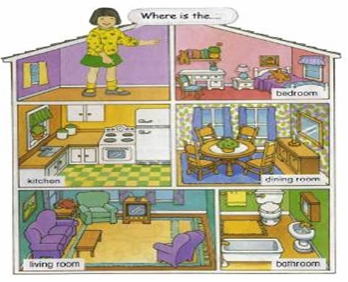


We do so via close-readings of three of Tony's encounters in the novel: with himself, with an able-bodied, non-Native interlocutor who interrogates his cultural and bodymind alterity, and with his grandmother. We argue that Orange (Cheyenne and Arapaho) explores how the disabled Native bodymind is always under the surveillance of the present colonial eye. An unforgettable debut, destined to become required reading in schools and universities across the country.At the start of Tommy Orange's There There, Cheyenne child Tony Loneman peers into his television screen and considers a playground taunt: "Why's your face look like that?" Confronted with his reflection, he discovers the "Drome"-the way fetal alcohol syndrome has contoured his body, "the way history lands on a face." The novel ends with another question from Tony: "Grandma, what are we?" With these pillared concerns-the "why" of nonnormative embodiment and the "what" of cultural identity- There There invites us to consider the ways that Indigeneity and disability are constitutive of one another. Tommy Orange writes of the plight of the urban Native American, the Native American in the city, in a stunning novel that grapples with a complex and painful history, with an inheritance of beauty and profound spirituality, and with a plague of addiction, abuse, and suicide. Here is a voice we have never heard - a voice full of poetry and rage, exploding onto the page with stunning urgency and force. And there will be sacrifice, and heroism, and unspeakable loss.

There will be glorious communion, and a spectacle of sacred tradition and pageantry. Opal Viola Victoria Bear Shield has come to watch her nephew Orvil, who has taught himself traditional Indian dance through YouTube videos and has come to the powwow to dance in public for the very first time. Dene Oxendene is pulling his life back together after his uncle's death and has come to work at the powwow to honor his uncle's memory. Jacquie Red Feather is newly sober and trying to make it back to the family she left behind in shame. It tells the story of twelve characters, each of whom have private reasons for traveling to the Big Oakland Powwow. There There is a relentlessly paced multigenerational story about violence and recovery, memory and identity, and the beauty and despair woven into the history of a nation and its people.


 0 kommentar(er)
0 kommentar(er)
